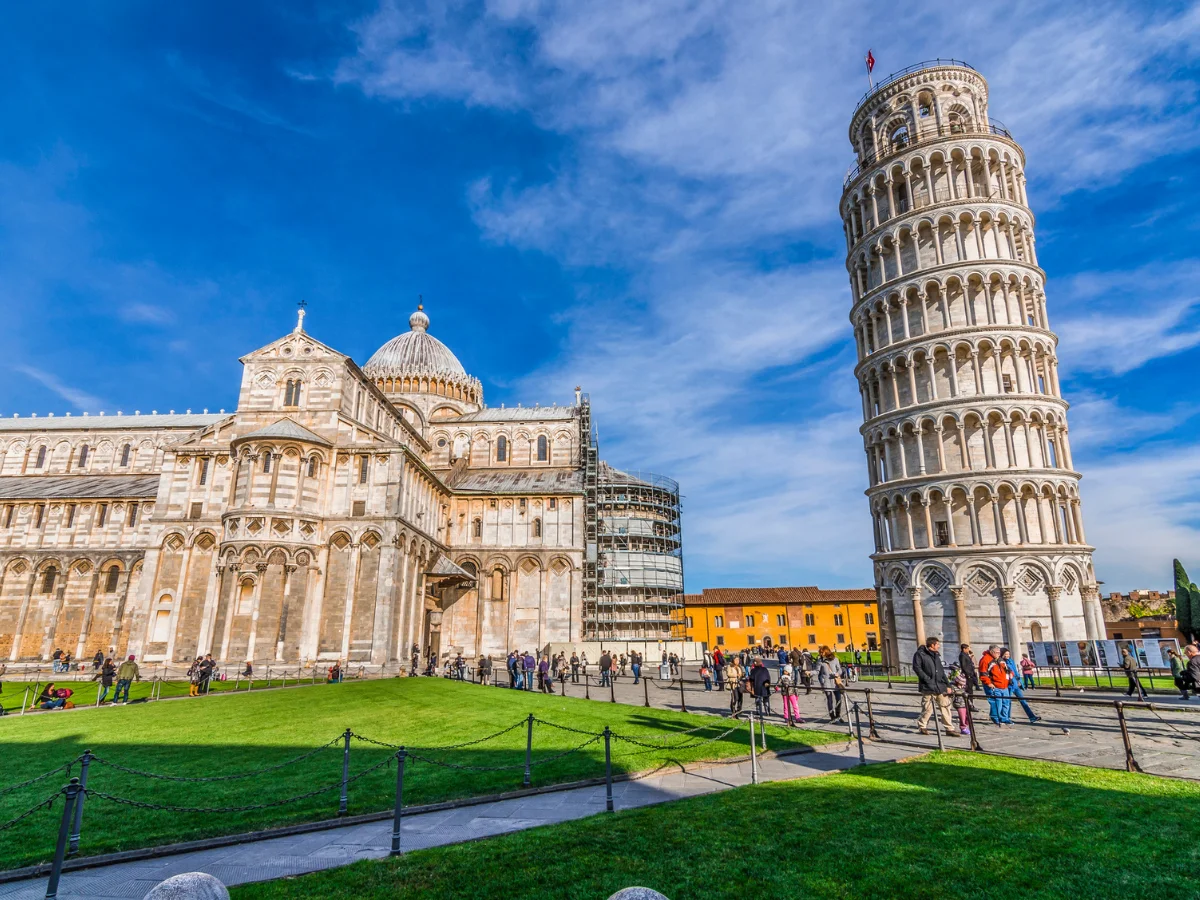Rome's naval power
Rome’s naval power, epitomizing dominance, secured maritime supremacy in the Mediterranean. Innovative ship designs, like quinqueremes, bolstered Rome’s naval might. Tactics emphasized maneuverability and coordinated attacks. Crucial victories in the Punic Wars, such as at Actium, solidified Rome’s naval prowess. Additionally, Rome’s navy suppressed piracy, safeguarding trade routes vital to empire’s prosperity. Seamless coordination between land and sea forces led to conquests across diverse regions. Even after the empire’s fall, Rome’s naval legacy endured, shaping strategies through medieval and Renaissance periods.

Rome's naval power
Rome’s naval power was a formidable force that played a crucial role in the expansion and defense of the Roman Empire.
Mediterranean Dominance
Controlling the Mediterranean Sea, Rome’s navy ensured secure trade routes, facilitated troop movements, and projected power across vast maritime territories.
Innovative Ship Design
Roman engineers developed innovative ship designs, such as the quinquereme, equipped with rams for naval warfare and sails for swift maneuverability.
Naval Tactics
Roman naval tactics emphasized maneuverability and coordinated attacks, with skilled sailors executing boarding actions and employing projectile weapons like ballistae and catapults.
Punic Wars
In the Punic Wars against Carthage, Rome’s naval prowess proved decisive, culminating in the destruction of Carthaginian fleets at the battles of Mylae, Ecnomus, and the pivotal Battle of Actium.
Piracy Suppression
Rome’s navy also played a crucial role in suppressing piracy, safeguarding maritime trade routes, and ensuring the flow of resources essential to the empire’s prosperity.
Sea-Land Conquests
From the conquest of Sicily to the annexation of Egypt, Rome’s naval superiority enabled seamless coordination between land and sea forces, securing victories across diverse theaters of war.
Legacy
Rome’s naval legacy endured long after the fall of the empire, influencing maritime strategies and shipbuilding techniques throughout the medieval and Renaissance periods.
Conclusion
Rome’s naval power was a testament to the empire’s engineering prowess, strategic vision, and military innovation. Securing its position as a dominant maritime force in antiquity.



